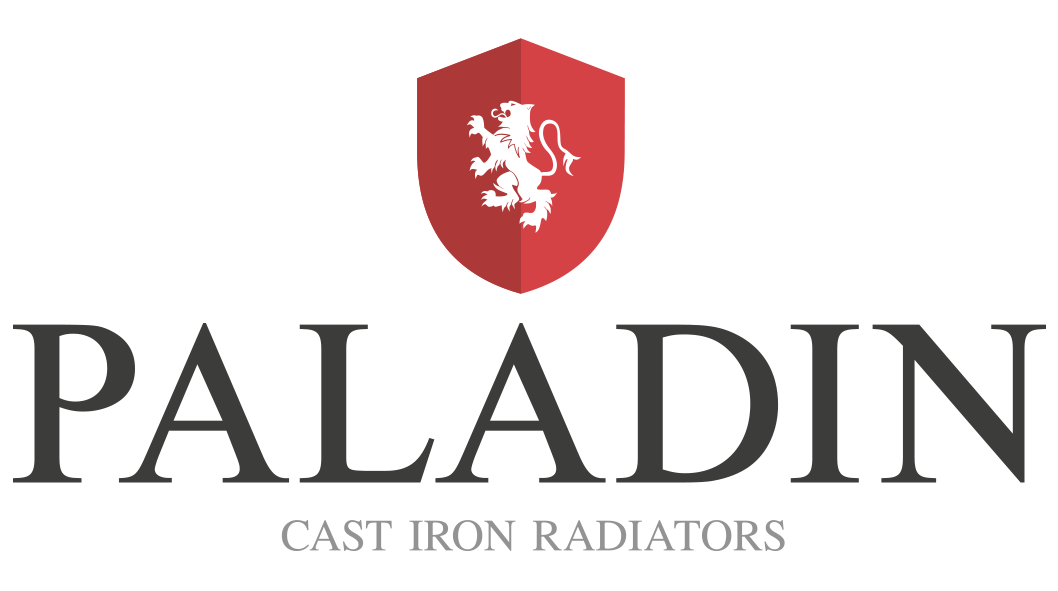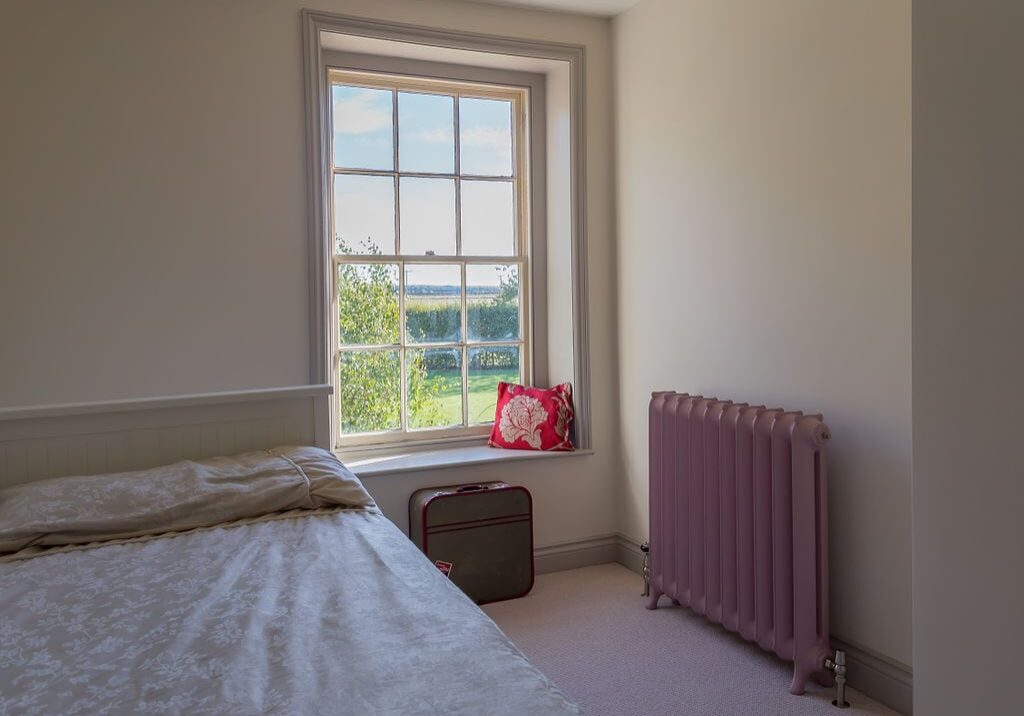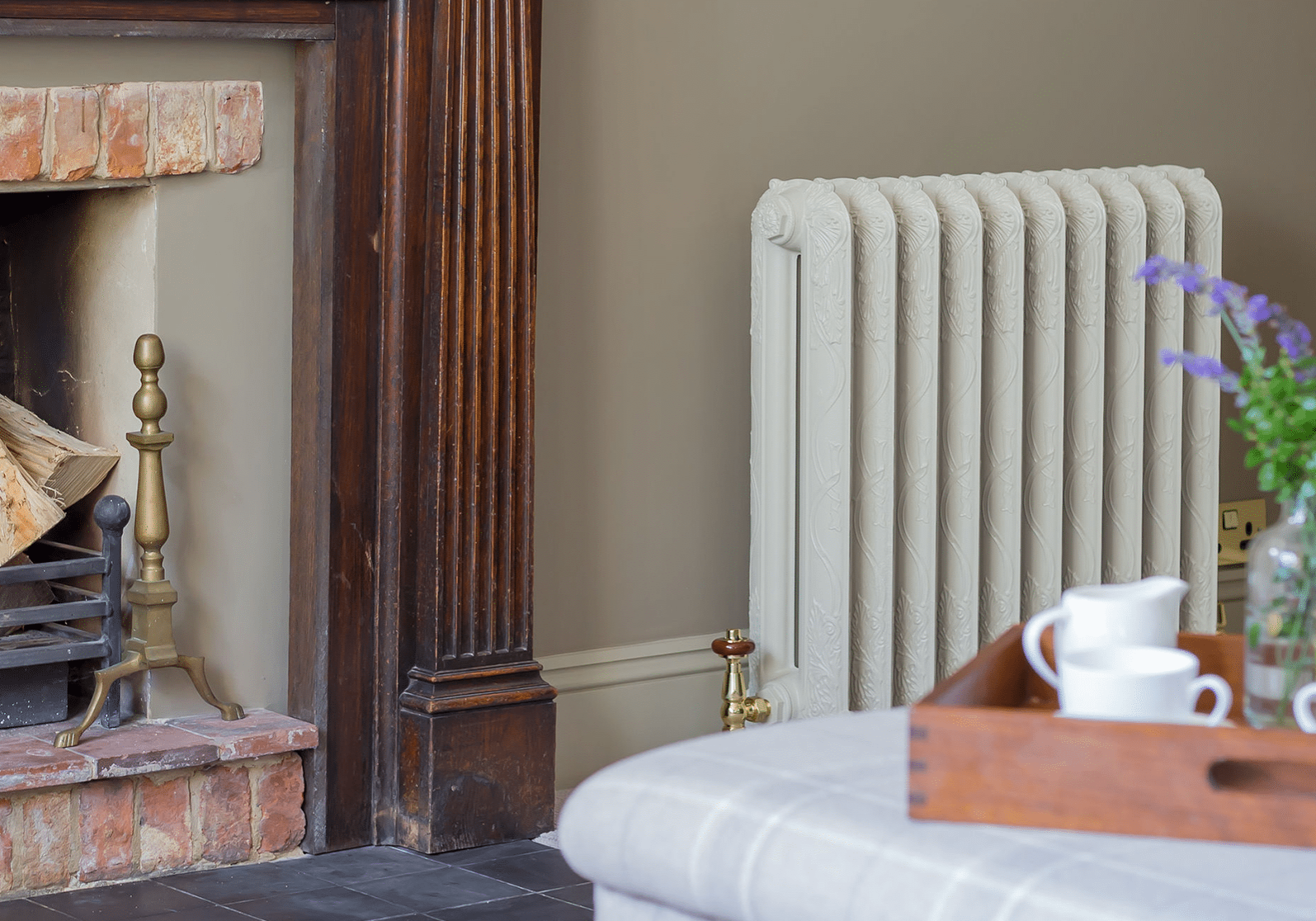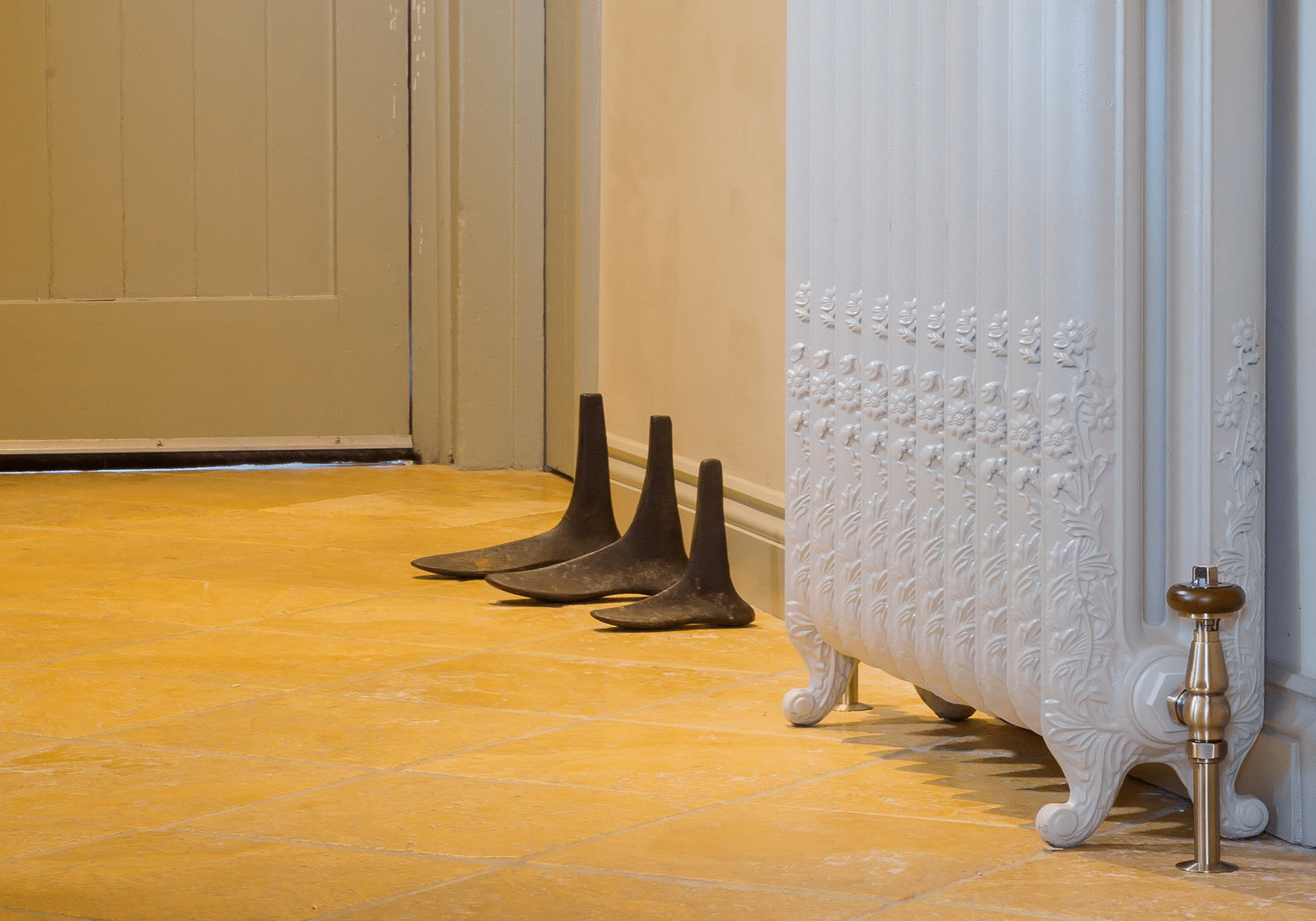The Ultimate Guide To Cast Iron Radiator Maintenance
Whilst cast iron radiators are pretty self-sufficient, some effort is essential to maintain their long-term efficiency.
Cast iron radiators, renowned for their durability, heat retention, and aesthetic appeal, are a popular choice, complementing traditional and contemporary homes.
We understand the importance of keeping radiators in prime condition and have created this comprehensive guide of tips to ensure they continue functioning at their best for years.
Cast iron radiators gained popularity in the 19th century and are staples in people’s homes today. Their robust construction and heat-retaining capabilities see people adding them to their homes as statement pieces designed to keep generations of families warm.
Despite their resilience, neglect can lead to inefficiencies and aesthetic deterioration. Thus, regular maintenance is crucial.
Well-maintained radiators heat your home more effectively, potentially lowering energy bills and saving you money. Regular care extends the life of your radiators, making them more of an investment. Clean, well-kept radiators enhance your interiors’ visual appeal and help boost your home’s value. Properly maintained radiators reduce the risk of leaks and other issues that could cause damage or pose risks.

Dusting and wiping
Dust can accumulate on and between the sections of your cast iron radiator, reducing its efficiency and causing it to look neglected. To keep your radiator looking its best:
- Turn off the radiator: Always ensure the radiator is cool before cleaning.
- Dusting: Use a vacuum cleaner with a brush attachment to remove dust from the surface and between the sections. A radiator brush can be very effective, specifically designed to reach the crevices.
- Wiping: Dampen a cloth with a mixture of water and mild detergent. Wipe down the radiator’s exterior. Avoid using abrasive cleaners that can damage the finish.

Bleeding your radiator
Air can become trapped in your radiator, causing it to heat unevenly. Bleeding the radiator is a simple process that releases trapped air.
- Turn off the heating system: Ensure the heating system is off and the radiator is cool.
- Locate the bleed valve: This is typically found at the top of the radiator.
- Use a radiator key: Insert it into the bleed valve and turn it counterclockwise. You will hear a hissing sound as air escapes.
- Close the valve: Once water trickles out, close the valve by turning the key clockwise.
- Check the pressure: After bleeding the radiator, check the pressure in your boiler. It may need to be topped up.
Inspecting for leaks and corrosion
Regularly inspecting your radiators for leaks and signs of corrosion can prevent minor issues from becoming major problems.
- Visual inspection: Look for any signs of rust, corrosion, or leaks around the valves and joints.
- Touch test: Run your hand along the radiator’s surface to check for dampness or cool spots.
- Addressing issues: If you notice any problems, it’s essential to address them promptly. Small rust spots can be treated with a rust inhibitor and paint. For leaks, you may need to replace washers or valves.
Professional maintenance and servicing
While homeowners can perform many maintenance tasks, some situations require professional expertise.
- Annual servicing: Consider having your heating system, including radiators, serviced annually by a professional. This ensures all components are functioning correctly and efficiently.
- Major repairs: For significant leaks, extensive corrosion, or other major issues, it’s best to consult a professional. They have the expertise and tools to handle complex repairs.
Radiator tips
- When winter strikes, gradually increase your heating over several days so you can give the system time to adjust and check for any issues.
- During summer, turn your heating off to save on energy bills.
- Turn valves down in rooms you don’t frequently use.
- When your heating is on, keep doors closed and use draught excluders to keep the radiator’s heat from escaping.
- Place reflector panels behind your radiators to reduce heat loss through the walls. These panels reflect heat into the room, improving efficiency.
- Proper insulation reduces the workload on your radiators. Ensure your home is well-insulated to keep the heat in.
- If you need to replace a radiator, recycle the old one. Many metal recycling centres will accept cast iron.
Maintaining cast iron radiators is essential to preserve their efficiency, longevity, and aesthetic appeal. Regular cleaning, bleeding and inspecting for leaks are vital to ensuring your radiators continue to provide reliable and efficient heating.
For more information on cast iron radiator maintenance, contact a member of our team on 01205 280354. We are dedicated to helping you maintain the beauty and functionality of your cast iron radiators.
“I want to say thanks and how fantastic the radiators look along with the cast quality and the excellent painting and polishing finish. I now can’t wait to get them installed! Many thanks again for all your help and assistance.”
“Thank you for all your help, we will definitely recommend Paladin to anyone we know who is looking for cast iron radiators and will get in touch when we’re needing radiators for our ground floor.”





